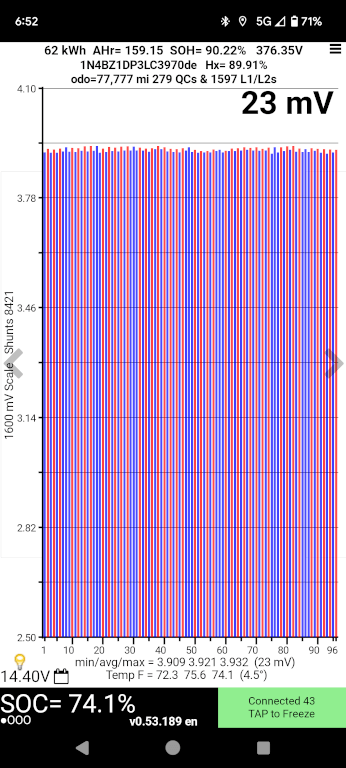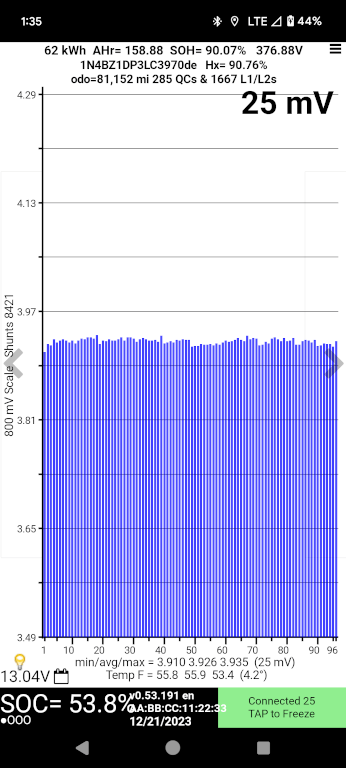DaveinOlyWA
Well-known member
oxothuk said:When I first got my Leaf I took some trouble to mange the SOC, trying to stay in the 30-80% range. But for the past year or more I've just been waiting until the SOC drops below 40% and then charging to 100% - usually about twice a week. The car never stays at 100% for very long, and our garage moderates temperature extremes.
With frequent charges to 100% I've been able to watch for any degradation trend, as shown by a drop in the number of GIDs at full charge. Over the past 18 months there has not been any noticeable loss of capacity; full charge consistently range from 695-710 GIDs. So I don't think the BMS is just lying to us to save warranty costs.
You realize your very small POV conclusions violate PROVEN science, right?
I also hope you realize that your evaluation of "my battery is ok" is provided by the entity that "needs" you to be happy until the warranty runs out?
But what I would really like more information on is the "trouble" you had maintaining a targeted SOC?










